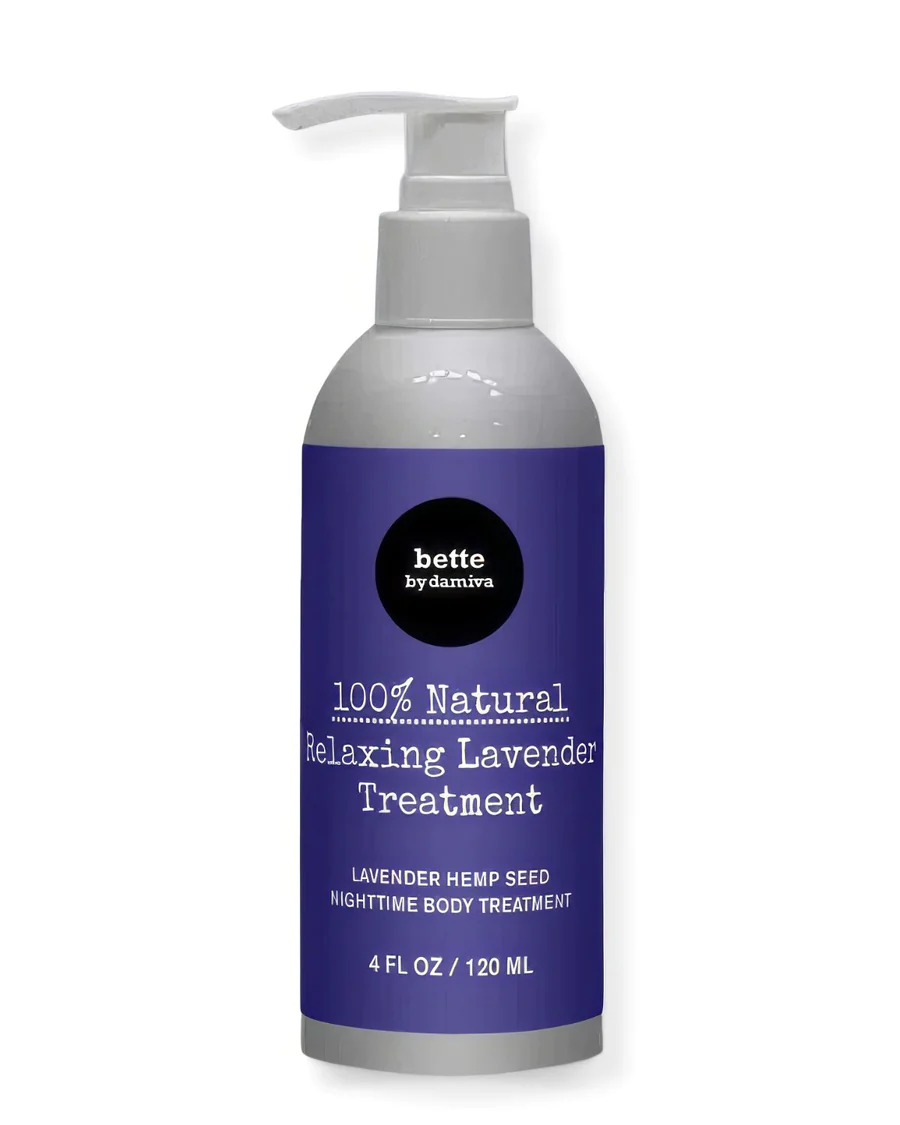Perimenopause and Ovary Pain
Perimenopause marks the transition period leading up to menopause, the point at which a woman no longer menstruates. This phase typically begins in a woman’s 40s but can start as early as the 30s or as late as the 50s. The duration of perimenopause varies, generally lasting from four to eight years, until a woman has gone 12 consecutive months without a menstrual period, signaling the onset of menopause.
Estrogen Fluctuations and Menstrual Irregularities
During perimenopause, the ovaries produce estrogen in an unpredictable manner, leading to fluctuations that can cause menstrual irregularities. These changes can result in periods that are heavier or lighter than usual, longer or shorter in duration, or completely absent for several cycles.
Common Symptoms Associated with Perimenopause
Women may experience a wide range of symptoms during perimenopause due to hormonal changes. These can include:
- Hot flashes and night sweats
- Irregular periods
- Mood swings
- Vaginal dryness
- Decreased libido
- Insomnia
- Weight gain
Ovary pain, particularly during ovulation and menstruation, is also a common symptom. This pain can manifest as a dull ache or sharp, intense cramps and is often due to the body’s increased production of prostaglandins, which stimulate muscle contractions in the uterus and can affect the ovaries.
When to Seek Medical Attention
While some discomfort associated with perimenopause is normal, certain symptoms warrant medical attention. Consult a healthcare professional if you experience:
- Severe or persistent pain that disrupts daily activities
- Menstrual bleeding that is excessively heavy or lasts longer than a week
- Signs of infection, such as fever or unusual vaginal discharge
- Symptoms that are new or a significant change from your usual pattern
It’s important to rule out other potential causes of ovary pain, such as ovarian cysts or, in rare cases, ovarian cancer. A healthcare provider can perform a thorough evaluation, including a pelvic exam and possibly imaging tests, to determine the cause of the pain and recommend appropriate treatment.

The Nature of Cramps During Perimenopause
Causes of Menstrual Cramps
Menstrual cramps, medically known as dysmenorrhea, are typically caused by the contractions of the uterus as it expels its lining during a menstrual period. These contractions are triggered by hormone-like substances called prostaglandins. Higher levels of prostaglandins are associated with more severe menstrual cramps. For many women, cramps are a regular part of their monthly cycle, but the experience can vary widely in terms of pain and discomfort.
Why Cramps May Intensify in Perimenopause
During perimenopause, the body undergoes significant hormonal fluctuations, particularly in estrogen levels. These fluctuations can lead to heavier and more irregular periods, which in turn can cause an increase in the severity of menstrual cramps. Additionally, conditions that may have been present earlier in life, such as endometriosis or uterine fibroids, can also contribute to worsening cramps during this transitional phase.
The Role of Prostaglandins in Cramping
Prostaglandins play a central role in menstrual cramps. They are produced by the cells of the uterus and cause the muscles of the uterus to contract. High levels of prostaglandins can lead to more intense uterine contractions and therefore more severe cramps. During perimenopause, hormonal changes can result in an increase in the production of prostaglandins, exacerbating cramping pain.
Conditions That May Exacerbate Cramps
Several medical conditions can make menstrual cramps worse. Endometriosis, a condition where tissue similar to the lining of the uterus grows outside the uterine cavity, can cause severe cramping and pain. Uterine fibroids, noncancerous growths in the uterus, can also lead to more painful periods. Pelvic inflammatory disease (PID), an infection of the reproductive organs, is another condition that can intensify cramps. During perimenopause, the effects of these conditions may become more pronounced due to hormonal changes, leading to increased pain and discomfort.
Understanding the nature of cramps during perimenopause is crucial for managing symptoms effectively. Recognizing when cramps are a normal part of the menstrual cycle and when they may indicate a more serious condition is important. Women experiencing significant changes in their cramp patterns or intensity should consult with a healthcare professional to ensure proper diagnosis and treatment.
By the way, something for you, a little gift!!!
I am just in the middle of publishing my book. It’s about How women can balance their hormones. One part is about food and diet, of course.
Follow this link and enter your email.
I will send you this part of the book for free once the book is published. It has many concrete, practical tips and recipes and will help you feel better during menopause or times of Big hormonal fluctuations.
Annette, Damiva Lead for Health & Wellness

Lifestyle Modifications for Cramp Relief
Dietary Changes to Alleviate Symptoms
Modifying your diet can be a powerful way to alleviate perimenopausal cramps. Incorporating foods high in fiber, such as fruits, vegetables, and whole grains, can help reduce the body’s production of prostaglandins, which are associated with cramping. Omega-3 fatty acids, found in fish like salmon and tuna, also play a role in decreasing these hormone-like substances. Vitamins B-2, B-3, B-6, E, as well as minerals like zinc and magnesium, may offer additional relief. To further minimize cramps, consider reducing your intake of caffeine, alcohol, and salt, which can exacerbate bloating and discomfort.
The Impact of Exercise on Cramp Severity
Regular physical activity can significantly impact the severity of cramps during perimenopause. Exercise improves blood circulation and can help to relax the muscles, thereby reducing cramping. Low-impact aerobic activities such as walking, swimming, or yoga are particularly beneficial. Not only do they help with cramp relief, but they also contribute to overall well-being and stress reduction.
Avoidance of Cramp-Intensifying Substances
Some substances can intensify cramps and should be avoided, especially during the menstrual cycle. Caffeine, found in coffee, tea, and soda, can increase muscle tension and worsen menstrual cramps. Alcohol consumption can also lead to heightened cramp pain and should be limited. Additionally, high-sodium foods can cause water retention and bloating, increasing discomfort. By avoiding these substances, you can help to minimize cramp intensity.
The Benefits of Stress Management Techniques
Stress can exacerbate menstrual cramps, making stress management techniques an essential part of cramp relief. Practices such as deep breathing exercises, meditation, and yoga can help to reduce stress levels. These techniques not only provide a sense of calm but can also decrease the production of stress hormones that may contribute to cramping. By incorporating stress management into your daily routine, you can help to alleviate cramps and improve your overall quality of life during perimenopause.

Bette 100% All-Natural Relaxing Lavender Body Lotion.
Chemical-Free
Your relaxing night time body moisturizer to leave the day’s stress behind. Decompress and wish your body good night with the calming scent of lavender.
Home Remedies and Natural Treatments
Herbal Supplements and Their Efficacy
Many women seek relief from perimenopause ovary pain through herbal supplements. While clinical evidence varies, some supplements have been traditionally used to alleviate menstrual discomfort. Black cohosh, for instance, is often recommended for its potential to reduce menopausal symptoms, including cramps. Evening primrose oil is another popular choice, believed to help with hormonal balance and inflammation. Ginseng and fenugreek are also cited for their pain-relieving properties. However, it’s crucial to consult with a healthcare professional before starting any herbal regimen, as supplements can interact with medications and may not be suitable for everyone.
Heat Therapy for Cramp Alleviation
Applying heat is a time-honored method for easing ovary pain. The warmth not only soothes the muscles but also improves circulation, which can help reduce the pain. Options include a heating pad, hot water bottle, or microwavable heat packs. For convenience, adhesive heat wraps designed specifically for menstrual pain can be worn under clothing. The ideal approach is to apply heat to the lower abdomen for about 20 minutes, ensuring the temperature is comfortable and not scalding.
Massage and Other Physical Relief Methods
Gentle abdominal massage can provide significant relief from cramping. Using a circular motion with the fingertips, massage the lower belly area to help relax the muscles. Additionally, stretching exercises and light yoga designed for menstrual discomfort can be beneficial. These activities not only relieve tension in the pelvic area but also promote overall well-being.
Mind-Body Practices for Pain Management
Mind-body techniques such as deep breathing exercises, meditation, and yoga can be powerful tools for managing perimenopause ovary pain. These practices help reduce stress, which is often a contributor to menstrual discomfort. Tai Chi and guided imagery are also effective for some women, offering a mental escape from pain. The key is to find a practice that promotes relaxation and comfort, which can vary from person to person.
While these home remedies can be effective, it’s important to remember that persistent or severe ovary pain should be evaluated by a healthcare provider to rule out other conditions. These natural treatments can be part of a comprehensive approach to managing perimenopause symptoms, but they are not a substitute for professional medical advice or treatment.
Medical Interventions for Managing Cramps
Over-the-Counter Pain Relievers
For many women in perimenopause, cramps can be managed effectively with over-the-counter (OTC) pain relievers. Nonsteroidal anti-inflammatory drugs (NSAIDs) such as ibuprofen (Advil, Motrin) and naproxen (Aleve) are commonly used to alleviate the pain and inflammation associated with menstrual cramps. These medications work by reducing the production of prostaglandins, which are chemicals that cause uterine contractions and pain. It is important to follow the recommended dosage on the packaging and to be aware of potential side effects, especially if taken frequently or with certain medical conditions.
Prescription Medications for Severe Pain
When OTC medications are not sufficient, prescription medications may be necessary. Mefenamic acid (Ponstel) is a prescription NSAID that can be particularly effective for severe menstrual cramps. Additionally, some women may benefit from muscle relaxants or other types of pain medication. It is crucial to consult with a healthcare provider to determine the most appropriate medication and dosage, as well as to discuss any potential risks or interactions with other medications.
The Role of Birth Control in Cramp Reduction
Hormonal birth control methods, such as the pill, patch, ring, or intrauterine device (IUD), can play a significant role in reducing menstrual cramps. These forms of contraception work by regulating hormones and often result in lighter and less painful periods. For some women, hormonal birth control can provide the dual benefit of contraception and symptom relief. However, birth control is not suitable for everyone, and a healthcare provider can help determine if this is an appropriate option based on individual health history and needs.
Optimal Timing for Pain Medication
To achieve the best results in managing cramps, it is important to consider the timing of pain medication. For NSAIDs, it is often recommended to begin taking them at the onset of cramps or even before menstrual bleeding begins, as they can work more effectively to prevent the formation of prostaglandins rather than trying to reduce them after they have already caused pain. Continuing to take the medication at regular intervals as directed can help maintain steady pain relief throughout the period. Always consult with a healthcare provider for personalized advice on medication timing and management strategies.
Note: While medical interventions can provide significant relief from perimenopausal cramps, it is essential to maintain open communication with a healthcare provider to monitor the effectiveness of the treatment and make adjustments as necessary. Additionally, any new or worsening symptoms should be reported to ensure that they are not indicative of a more serious underlying condition.
Other Causes of Ovary Pain During Perimenopause
Ovarian Cysts: Symptoms and Causes
Ovarian cysts are fluid-filled sacs that develop on the ovaries. While most cysts are benign and asymptomatic, they can sometimes grow large enough to cause pain, bloating, and fullness in the abdomen. The pain is typically sharp and sudden if a cyst ruptures. Hormonal fluctuations during perimenopause can contribute to the formation of these cysts. Functional cysts, which are the most common type, may develop as a result of the menstrual cycle and often resolve on their own. However, persistent or large cysts may require medical intervention.
Understanding Ovarian Cancer Risks and Symptoms
Ovarian cancer, although rare, becomes a concern as women age. Symptoms can be vague but may include pelvic or abdominal pain, bloating, feeling full quickly, urinary urgency, and changes in bowel habits. Risk factors for ovarian cancer include age, family history, and genetic mutations. Due to its nonspecific symptoms, ovarian cancer is often diagnosed at a later stage, making awareness and timely consultation with a healthcare professional crucial for early detection.
Differentiating Between Cramps and Other Pains
Cramps during perimenopause are typically associated with menstrual cycles and are caused by uterine contractions. However, ovary pain may differ in quality and timing. It’s important to note whether the pain is cyclical or persistent, its location, and if it’s accompanied by other symptoms such as nausea or fever. These distinctions can help differentiate menstrual cramps from other potential causes of pelvic pain, including ovarian cysts or other gynecological conditions.
When to Consult a Healthcare Professional
It is essential to seek medical advice if you experience severe, chronic, or sudden pelvic pain, especially if it’s not clearly linked to your menstrual cycle. Additionally, if you have symptoms suggestive of ovarian cancer or if you have a family history of reproductive cancers, a healthcare professional’s evaluation is warranted. Diagnostic tools such as ultrasounds or blood tests may be used to investigate the cause of ovary pain and to rule out serious conditions.
Navigating the Transition to Menopause
The Expected Resolution of Symptoms Post-Menopause
As women approach menopause, the fluctuating levels of estrogen and progesterone that characterize perimenopause begin to stabilize. This hormonal leveling out often leads to the resolution of many perimenopausal symptoms. Post-menopause, women typically experience a cessation of menstrual periods and ovulation, which in turn can lead to a decrease in associated cramps and ovary pain. However, it’s important to note that while many symptoms do improve, some women may continue to experience certain issues, such as vaginal dryness or hot flashes, which can persist even after the transition is complete.
Monitoring Changes in Cramp Patterns
During perimenopause, it’s crucial to monitor any changes in menstrual cramp patterns. An increase in the severity or frequency of cramps can be a normal part of the transition due to hormonal fluctuations. However, significant changes should be discussed with a healthcare provider, as they could indicate underlying conditions such as fibroids or endometriosis. Keeping a symptom diary can be an effective way to track these changes and provide valuable information to your healthcare professional.
Continued Medical Evaluation Beyond Menopause
Continuing medical evaluation beyond menopause is essential for maintaining health. Regular check-ups can help in the early detection of conditions that are more common in postmenopausal women, such as osteoporosis and cardiovascular disease. Additionally, healthcare providers can offer guidance on managing lingering symptoms and discuss the potential benefits and risks of treatments like hormone therapy.
Support and Resources for Perimenopausal Women
Support and resources are vital for women navigating perimenopause. Access to educational materials, support groups, and counseling can help women understand and cope with the changes they are experiencing. Healthcare providers can often recommend local or online resources. Additionally, lifestyle modifications, such as a balanced diet, regular exercise, and stress reduction techniques, can play a significant role in managing perimenopausal symptoms.
Ultimately, the journey through perimenopause to menopause is a unique experience for each woman. By staying informed, monitoring symptoms, and seeking support, women can navigate this transition more comfortably and emerge with a proactive approach to their postmenopausal health.









